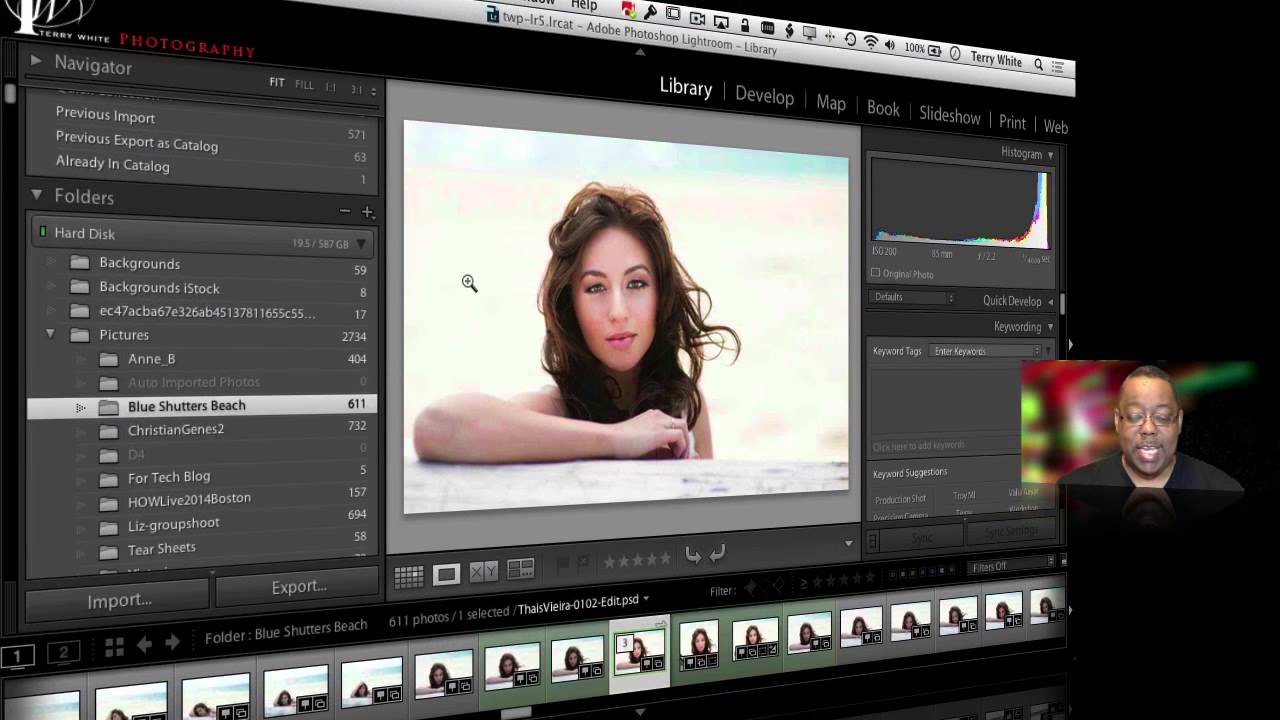Lightroom 5 Catalog
The SLR Lounge Lightroom 4 DVD. This tutorial has been transcribed from the SLR Lounge Lightrom 4 DVD, a 14 hour A – Z video tutorial guide on mastering Lightroom 4 including over 6 hours of developing techniques! It is absolutely vital that every photographer using Lightroom has a full understanding of the Lightroom catalog system in order to prevent workflow issues. Before you can take advantage of Lightroom's full potential as a photo editing software, you have to understand how the catalog system works. For someone who has never used Lightroom before this can be quite confusing, but we made 3 tips to make understanding the catalog system easy. Having a good understanding. The Lightroom Catalog is the place that Lightroom will store links to your photos, previews of your photos, and all the developing info you do to your photos along the way. Your photos ARE NOT actually stored in the catalog, they are stored on your hard drive.
Metadata Metadata in Lightroom includes a record of edits made to images, IPTC/EXIF data, and other data related to the images. This data is stored in Lightroom's catalog files, but it can also be written to separate files to improve portability and provide redundancy in case a catalog becomes corrupted or is otherwise unavailable. It's still important to keep your Lightroom catalogs selected for backup, but regularly makes restoring and importing files easier in the future, while also preserving your edits and embedded data. Since metadata is either written into the original file (in the case of JPEG, TIFF, PSD, or DNG formats) or to XMP sidecars at the location images are stored (in the case of all other RAW files), CrashPlan automatically backs up this metadata as long as the original image files are already included in your backup file selection. Writing metadata to your files or XMP sidecar files as part of your regular workflow also makes it easier to import images into Photoshop and other Lightroom catalogs. You can also configure Lightroom to do this automatically, although performance may be impacted.

To learn more about managing metadata, see Adobe Lightroom help articles and. Previews Lightroom creates preview files for your photos, and these previews can grow to be several hundred gigabytes (GB) in size over time. We do not recommend backing up these files for several reasons:. Previews are nonessential cache files. Previews are a great feature of Lightroom and can help speed up Lightroom's workflow, but they are built or rebuilt automatically as needed. If Lightroom detects a preview is missing or out-of-date, it simply creates a new preview. If your Lightroom data needs to be restored, preview files will not serve any practical use.
Lightroom 5 Catalog Adobe Photoshop Download
Previews slow down your backup. Lightroom stores thousands—or possibly tens or even hundreds of thousands—of previews for photos in the Lightroom catalog. Because CrashPlan focuses on backing up new and newly modified files first, the previews will be backed up before your more important files. Therefore, we recommend removing all preview and cache files from your backup file selection. The default locations of these files for Lightroom 5 are listed below.
WikiHow's mission is to help people learn, and we really hope this article helped you. Now you are helping others, just by visiting wikiHow. World Possible is a Nonprofit Organization with a mission to connect offline learners to the world's knowledge. They work to ensure that anyone can access the best educational resources from the web anytime, anywhere, even if they do not have an Internet connection. Click below to let us know you read this article, and wikiHow will donate to World Possible on your behalf. Thanks for helping us achieve our mission of helping everyone learn how to do anything.